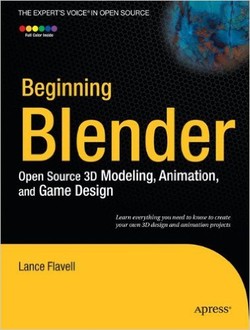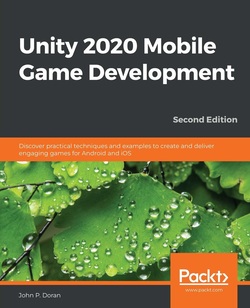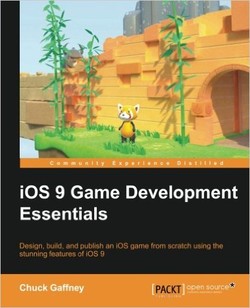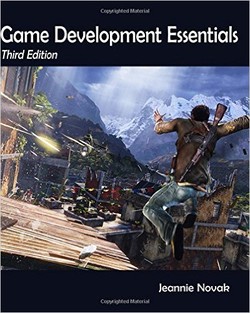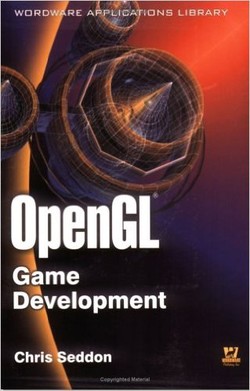سال انتشار: 2022 | تعداد صفحات: 331 | حجم فایل: 25.59 مگابایت | زبان: انگلیسی
Game Development with Blender and Godot: Leverage the combined power of Blender and Godot for building a point-and-click adventure game
نویسنده
Kumsal Obuz
ناشر
Packt Publishing
ISBN10:
1801816026
ISBN13:
9781801816021





















